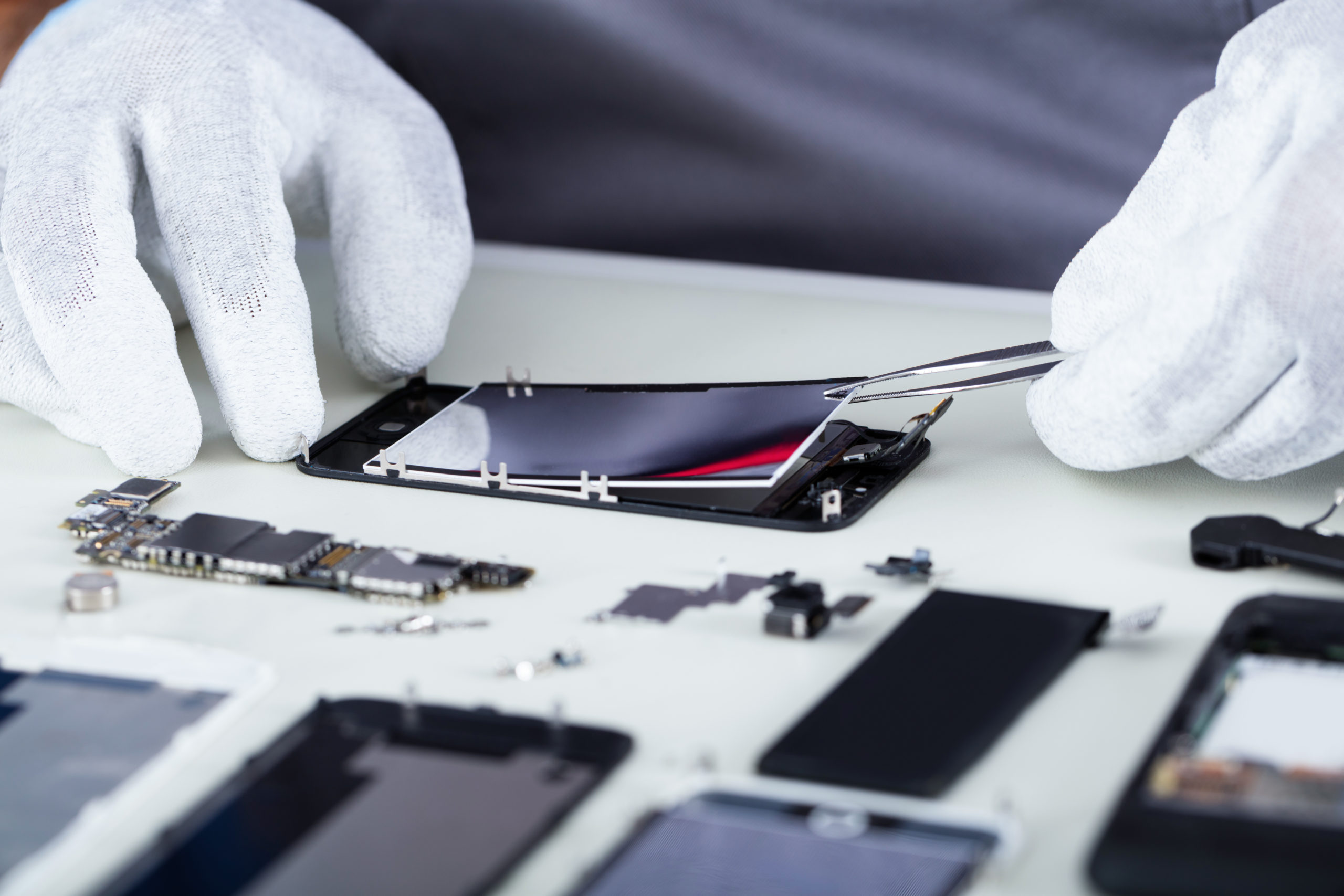The World-class production sprint at Innovate UK Business Connect
Achieving world-class production relies on the rapid and widespread adoption of cutting-edge technologies. This article explores how recognising and replicating technology stacks can be an effective strategy to achieve this.
Exploring the vision for world-class production
The Innovate UK materials and manufacturing vision 2050 is a reimagination of the role that UK materials and manufacturing should have within our economy and society in a strongly net zero focused world.
The vision document sets out three strategic imperatives that materials and manufacturing in the UK needs to address. To meet these imperatives, world-class production is identified as one of the five core areas of focus for the UK to become a recognised destination of choice for advanced low-carbon manufacturing.
To achieve our vision of world-class production, the materials and manufacturing sectors must be globally competitive. The strategic imperatives are often seen as competing priorities in a zero-sum game. However, we are seeking innovations that break these constraints and connect the dots.
Chaco van der Sijp, Innovation Lead, Innovate UK
To explore the vision for world-class production along with the challenges and opportunities, we engaged with the manufacturing community and listened to their ideas. This culminated in a world-class production workshop with innovative companies, manufacturers, solution providers, consultants and research centres who were motivated to look at the role of innovation in achieving world-class production. With the support of the community, we presented outputs at conferences including MRE2024 and ChemUK24.
What does world-class production mean to the community
Historically world-class production would conjure up thoughts of large-scale facilities and huge production volumes being sold competitively priced worldwide. Although this can still be true today, the challenges for UK manufacturers and innovators are no longer strictly correlated with high-volume production. For the UK, world-class production can be achieved through the development and competitive manufacturing of high-quality products utilising the right balance of people and machines to achieve high levels of asset utilisation, irrespective of total production volume. To maintain competitiveness, it is important for the UK to remain agile, adaptive, and flexible while moving towards more responsible and sustainable manufacturing targeting net zero and circularity.
Achieving world-class production
Along with the strong foundations provided in the vision, achieving world-class production will require acceleration in the adoption and deployment of innovative and novel technologies at industrially relevant manufacturing scales (Technology Readiness Levels 5-7).
To be able to deliver the essential environmental, economic, and societal outcomes; technologies will need to be combined with the adoption of new innovative business models and methodologies, e.g. servitisation, either within a single production facility, throughout a global business or across supply chains. This can enable:
- seamless flexibility in capacity to meet dynamic demand
- rapid adaption through manufacturing autonomy and reliable self-maintaining systems
- high-precision manufacturing leading to the optimal use of resources and extended product life
- higher productivity
- resource efficient and energy efficient manufacturing leading towards net zero and increased sustainability and circularity, leveraging industrial symbiosis and the use of alternative raw materials/feedstocks such as wastes
- increased traceability across supply chains e.g. materials/product passports
- new at-scale manufacturing processes, products and supply chains leading to first of a kind and first to market activities
Achieving world-class production will require a systems approach and is also dependent on addressing challenges in the other core areas of focus within the vision, such as supply chains, advanced materials and sustainable biobased materials and manufacturing.
Identifying opportunities
With so many options and possibilities, identifying the right opportunities can be challenging and requires a systems approach to find the connections between essential technologies, capabilities, methodologies, skills, and know-how. We believe that by combining technologies in a clever way we can find essential breakthroughs, and so we embarked on developing a framework that could be used by organisations of any size and could help identify how businesses can transition towards the deployment of disruptive technologies, while trying to avoid any unintended environmental, societal, and economic consequences. The result was a framework based on the idea of a production/technology stack which we defined as: “Technology and methodology trends that, when combined, are a platform to accelerate world-class production”.
True breakthroughs typically occur when the right technologies converge at the right moment. Every time such synergy occurs, it leads to the creation of a next generation ‘technology stack’
Chaco van der Sijp, Innovation Lead, IUK
Faster adoption and wider deployment
Our activities have shown broad agreement with the vision and the requirement to achieve world-class production in the UK. With further input from the community a central message has been the need for faster adoption and wider deployment of solutions that accelerate scaling-up towards commercialisation (TRLs of 5-7) and help bridge the gap from earlier stage projects to commercialisation. There is still a lot of R&D and innovation needed and it isn’t a case of ‘…and the rest is just simply deployment, scale-up, engineering, business as usual’.
For faster adoption, collaboration will be needed across responsive organisations with the capabilities to respond and find solutions more rapidly. The UK needs to leverage capabilities and capacities to succeed (and fail fast!).
To achieve wider deployment the UK needs to overcome challenges with interoperability and integration of technologies, methodologies, and capabilities. Integrating the correct technologies, solutions and methodologies requires expert knowledge and the need for an accessible ‘framework’ for identifying and assessing the opportunities. Integrating and achieving operability between technologies and systems has been flagged as a challenge when combining non-digital technologies, solutions, and systems. Higher TRL technologies can be combined but, in many cases, the final application of these technologies can result in a lower overall TRL or Commercialisation Readiness Level (CRL). When combining several technologies together interoperability becomes an increasing challenge with a need for standardisation and unification, and a methodology that can aid in linking the ‘correct’ technologies together is needed.
The requirement for new disruptive business models within a single business or across a supply chain can also be a critical element in supporting the move towards at-scale world-class production. Resource efficiency is a key aim within site boundaries and across supply chains. Beyond net zero, it flags the importance of sustainability and circularity, and the need for industrial symbiosis with material traceability to maintain world-class production and competitiveness.
What next?
Thank you to everyone who contributed to the workshops and interviews to inform this sprint activity. The insights gathered are already being used to help inform the next iteration of the Materials and Manufacturing Vision 2050 and future community building and funding activities. If you are interested in this area and want to know more, then please reach out to michael.burnett@iukbc.org.uk.
Related programme

Resource Efficiency for Materials and Manufacturing (REforMM)
The programme aims for the UK to be a leader in resource efficiency with organisations understanding the environmental, social and economic impact of the full lifecycle and thriving from adoption of resource efficient solutions which are fundamental to UK and global Net Zero ambitions.


